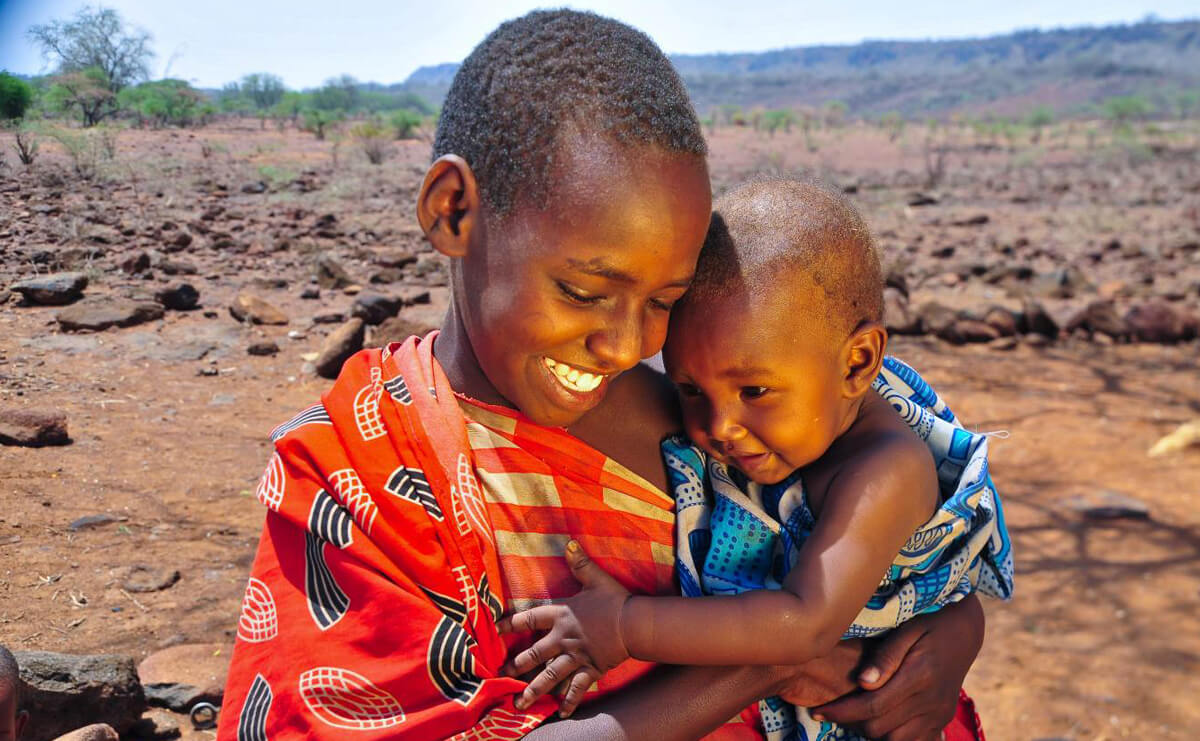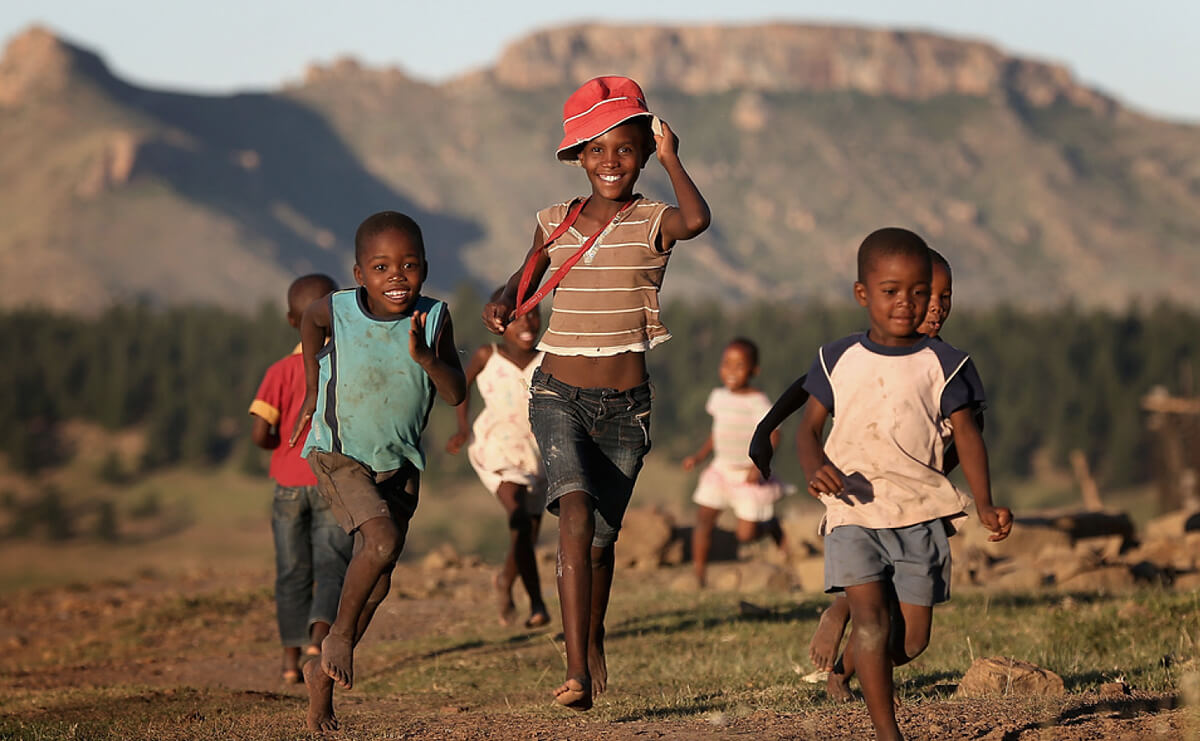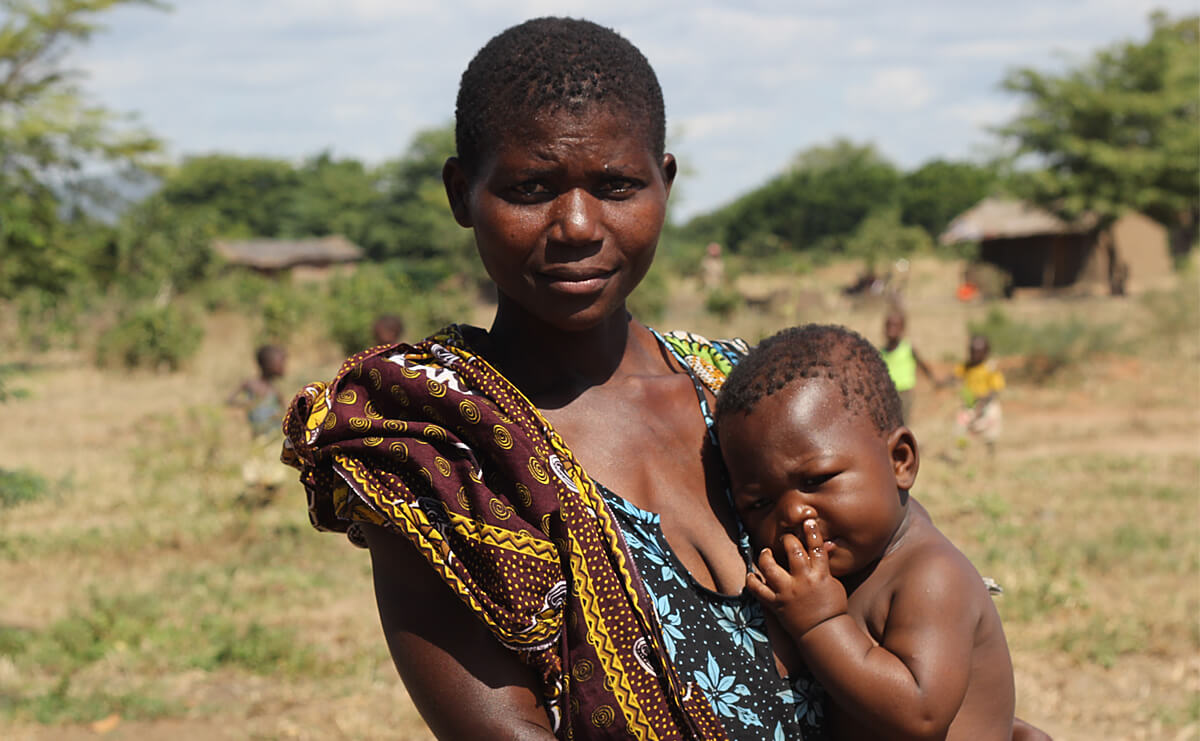Sightsavers is known for its work on NTD elimination and eye health. These are significant portfolios, not only in financial resources but also in terms of their impact on the lives of men and women, boys and girls in some of the poorest places in the world.
Not so many people, perhaps, know Sightsavers as an organisation that works on social inclusion and disability rights, although some will be aware of our advocacy around the development of the Sustainable Development Goals (SDGs).
But from the very beginning, when it was founded in 1950, Sightsavers has steadily maintained a focus on supporting people with visual impairment, initially, and latterly on people with other disabilities, to ensure they have access to the services and skills that they require in order to determine their own lives, whether education, livelihoods, water and sanitation or political voice.
When I joined Sightsavers in 2014 my first task was to coordinate the development of a social inclusion strategy. It was a joint effort involving staff, partners and project beneficiaries which resulted in a framework that was entirely cross-cutting in its approach; since 2015 it has provided the framework for an ambitious programme of transformation, which for the first time brings together the thematic areas of health and social inclusion.
We have committed to making our eye health and NTD programmes inclusive of people with disabilities with gender mainstreamed throughout – but with existing projects in over 30 countries and new initiatives being developed all the time, we had to figure out how to manage this organisational shift so that we knew how to do it.
How do you go about transforming entire programmes to be inclusive?
Well you don’t do it all at once, unless you want a staff mutiny and a set of very unhappy partners. Our plan is to take a phased approach so that we a) build on the learnings from the inclusion initiatives we have already done over the years; b) build on the learnings of others and test their tools and approaches; and c) develop a phased approach that learns lessons from pilots.
Our first eye health pilot is in Bhopal, India and we will be following that up in Sierra Leone; and in NTDs we have just started a new UK Aid match-funded programme to eliminate two neglected tropical diseases, onchocerciasis and lymphatic filiarisis, in four SSA countries (DRC, Nigeria, Uganda and Guinea-Bissau), in which we are planning to test several approaches to social inclusion.
And that’s where we are now – we certainly do not yet know what will work, nor, more importantly for us, what will be easily replicable in new and existing projects – and we also don’t know how long this will take. The important thing is that we have set ourselves the challenge and we hope others will come along with us. Follow our progress over the coming year as we test out our theory of change and develop tools that will make life easier for everyone inside and outside the organisation to make more inclusive projects – but also ultimately make life better for the men and women, boys and girls with disabilities who are often excluded from health care.





